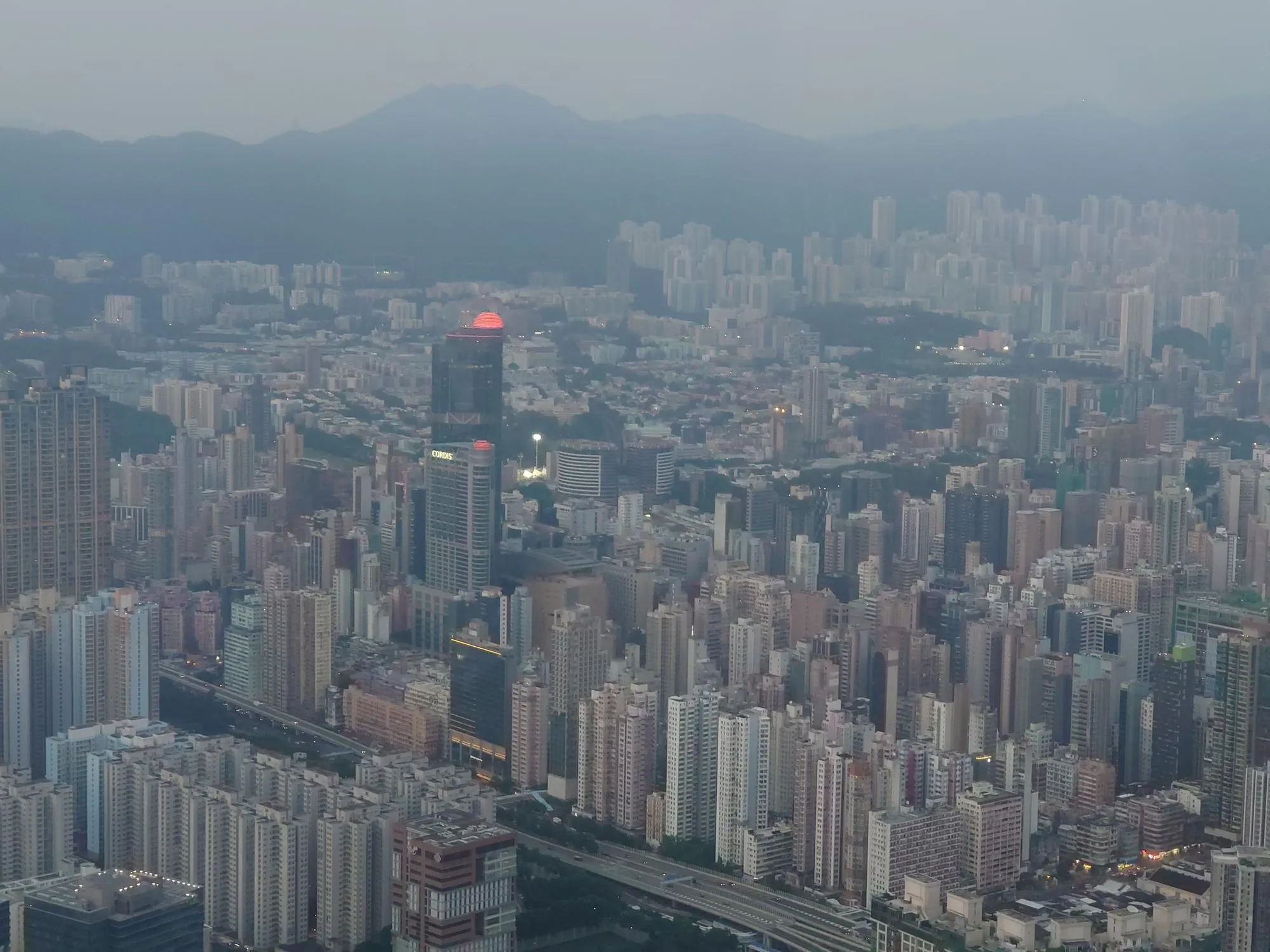For decades, air quality and pollution have been critical concerns for megacities worldwide. Beijing’s smog, in particular, has received global attention, especially ahead of prominent international events. During the XXIV Olympic Winter Games, a spotlight was cast on the Chinese capital once more, with the government implementing stringent measures to reduce pollution and ensure a healthier atmosphere for athletes and visitors. A study conducted during this time offers insightful revelations into how organic aerosol (OA) – a significant component of fine particulate matter – responded to these interventions.
A Breath of Fresh Air during the Olympic Games
Published in “The Science of the Total Environment” journal on March 1, 2024, the article titled “Response of organic aerosol in Beijing to emission reductions during the XXIV Olympic Winter Games” sheds light on the usually complex nature of atmospheric pollutants, specifically organic aerosols. The study, conducted by leading researchers from Tsinghua University and the Chinese Research Academy of Environmental Sciences, deployed aerosol mass spectrometers (AMS) coupled with positive matrix factorization (PMF) analysis to gather data that could unravel this complexity.
The study’s DOI is 10.1016/j.scitotenv.2024.170033, also referenced with the identification number S0048-9697(24)00167-0. The research found that the CO-normalized primary OA (POA) concentrations emanating from traffic, cooking, coal and biomass burning decreased significantly during the Olympic events – with reductions of 39.8%, 23.2%, and 65.0%, respectively.
Interestingly, the secondary OA (SOA) showed varied responses. The researchers corrected the observed influences of meteorological conditions on OA concentrations using carbon monoxide (CO) as a reference and further applied a deweathered model for verification. They discovered that aqueous-phase related oxygenated OA declined by 51.8% due to lower relative humidity and reduced precursor emissions. Conversely, less oxidized‑oxygenated OA slightly increased, positing that intensified atmospheric oxidation processes could partially counter the effects of emission control measures.
Unpacking the Olympic Clean-Up
The study was authored by an extensive team of experts in environmental science, including Qu Qipeng, Wang Shuxiao, Zhao Bin, Hu Ruolan, Liang Chengrui, Zhang Haowen, Li Shengyue, Feng Boyang, Hou Xuan, Yin Dejia, Du Jinhong, Chu Yangxi, Zhang Yanning, Wu Qingru, Wen Yifan, Wu Xiaomeng, Hu Jingnan, Zhang Shaojun, and Hao Jiming. Their work spanned across institutions such as Tsinghua University’s State Key Joint Laboratory of Environmental Simulation and Pollution Control and the State Environmental Protection Key Laboratory of Sources and Control of Air Pollution Complex.
The strategies employed during the Olympics included restrictions on certain industrial activities and traffic limitations, alongside a push for alternative heating sources to minimize coal and biomass usage commonly employed for warmth in Beijing’s winter months.
Implications Beyond the Olympic Village
While the Olympic Games served as a catalyst for these measures, the study’s implications extend much further in time and space. Finding workable solutions in reducing primary and secondary organic aerosols is critical for global urban centers grappling with pollution.
The most effective strategies seemed targeted at coal and biomass burning reductions, which can inspire similar actions in other regions facing severe air quality issues. The nuanced increase of less oxidized‑oxygenated OA, despite other decreases, suggests that a more holistic approach is necessary. Experts argue for a stronger focus on reducing organic precursors and lowering the atmospheric oxidation capacity to mitigate SOA pollution.
Refining Urban Environmental Policies
In light of this study, officials and policymakers can now make more informed decisions about the contexts in which emission reduction strategies will be most effective. Moreover, researchers now have a clearer understanding of the complexities surrounding OA response to environmental interventions, opening doors for further investigation and strategic action to combat air pollution.
The study’s elucidation of OA responses to emission reductions stands as a testament to the power of dedicated environmental policy and international cooperation, particularly when prestigious events necessitate a temporary but impactful shift in local practices. The clear skies observed during the 2022 Olympic Winter Games could be a glimpse into a future where effective environmental strategies pave the way for a permanent change, not just a temporary one for the international spotlight.
References
1. Qipeng, Q. et al. (2024). Response of organic aerosol in Beijing to emission reductions during the XXIV Olympic Winter Games. The Science of the Total Environment, 170033. doi:10.1016/j.scitotenv.2024.170033
2. Tsinghua University’s School of Environment & State Environmental Protection Key Laboratory of Sources and Control of Air Pollution Complex. “Organic Aerosol (OA): Its Significance & Study Approaches”.
3. Chinese Research Academy of Environmental Sciences. “State of the Air: Ongoing Challenges & Strategies in Beijing”.
4. The Impact of Meteorological Factors on Urban Air Quality. (2023). Atmospheric Environment Research and Policy Decisions.
5. Strategies for Tackling Particulate Matter Pollution. (2023). Journal of Environmental Management and Policy Interventions.
Keywords
1. Beijing air quality
2. Organic aerosol reduction
3. Olympic Winter Games pollution
4. Emission control strategies
5. Atmospheric science research
The successful management of air quality during a mega-event such as the Olympic Games sets a precedent, and the scholarly work encapsulated in this study offers both validation and a blueprint for future endeavors against air pollution.
